Market Growth Projections
The Global Melamine-Based Adhesives Market Industry is projected to experience substantial growth over the coming years. With a market value of 3250 USD Million in 2024, it is anticipated to reach 5120 USD Million by 2035. This growth trajectory indicates a robust CAGR of 4.22% from 2025 to 2035, driven by various factors including rising demand in construction, technological advancements, and increasing applications across multiple industries. The market's expansion reflects the evolving needs of consumers and industries, highlighting the importance of melamine-based adhesives in modern manufacturing and construction processes.
Growth in Furniture Manufacturing
The Global Melamine-Based Adhesives Market Industry is significantly impacted by the growth in furniture manufacturing. As consumer preferences shift towards customized and modular furniture, manufacturers increasingly rely on melamine-based adhesives for their versatility and strength. These adhesives are particularly suitable for laminating surfaces and assembling components, ensuring durability and aesthetic appeal. The furniture sector's expansion, driven by rising disposable incomes and changing lifestyles, contributes to the increasing demand for high-quality adhesives. This trend is expected to sustain the market's growth trajectory, with a projected CAGR of 4.22% from 2025 to 2035, reflecting the industry's robust performance.
Rising Demand in Construction Sector
The Global Melamine-Based Adhesives Market Industry experiences a surge in demand driven by the construction sector's growth. As urbanization accelerates, the need for durable and high-performance adhesives in building materials becomes paramount. Melamine-based adhesives are favored for their superior bonding properties and resistance to moisture, making them ideal for applications in plywood, particleboard, and other engineered wood products. In 2024, the market is projected to reach 3250 USD Million, reflecting the construction industry's increasing reliance on advanced adhesive solutions. This trend is expected to continue, with the market potentially expanding as infrastructure projects proliferate globally.
Regulatory Support for Sustainable Products
Regulatory frameworks promoting sustainability play a crucial role in shaping the Global Melamine-Based Adhesives Market Industry. Governments worldwide are implementing stringent regulations aimed at reducing volatile organic compounds (VOCs) in adhesives, thereby encouraging the adoption of eco-friendly alternatives. Melamine-based adhesives, known for their low emissions and high performance, are well-positioned to benefit from these regulatory shifts. This support not only enhances market credibility but also drives innovation in product development. As manufacturers adapt to these regulations, the market is likely to witness a steady increase in demand, further solidifying its position in the global adhesive landscape.
Increasing Applications in Automotive Industry
The Global Melamine-Based Adhesives Market Industry is witnessing a growing application in the automotive sector. Melamine-based adhesives are increasingly utilized in vehicle assembly, particularly for bonding interior components and structural elements. Their excellent thermal stability and resistance to chemicals make them suitable for automotive applications, where durability and safety are paramount. As the automotive industry evolves towards lightweight materials and enhanced fuel efficiency, the demand for high-performance adhesives is expected to rise. This trend could lead to a substantial increase in market value, reflecting the industry's adaptability and the expanding role of adhesives in modern vehicle manufacturing.
Technological Advancements in Adhesive Formulations
Innovations in adhesive formulations significantly influence the Global Melamine-Based Adhesives Market Industry. Manufacturers are increasingly focusing on developing eco-friendly and high-performance adhesives that meet stringent environmental regulations. Enhanced formulations that improve bonding strength, reduce curing times, and increase durability are becoming prevalent. For instance, the introduction of bio-based melamine adhesives is gaining traction, appealing to environmentally conscious consumers and industries. These advancements not only cater to market demands but also align with sustainability goals, potentially driving market growth. As a result, the industry is poised for expansion, with projections indicating a market value of 5120 USD Million by 2035.
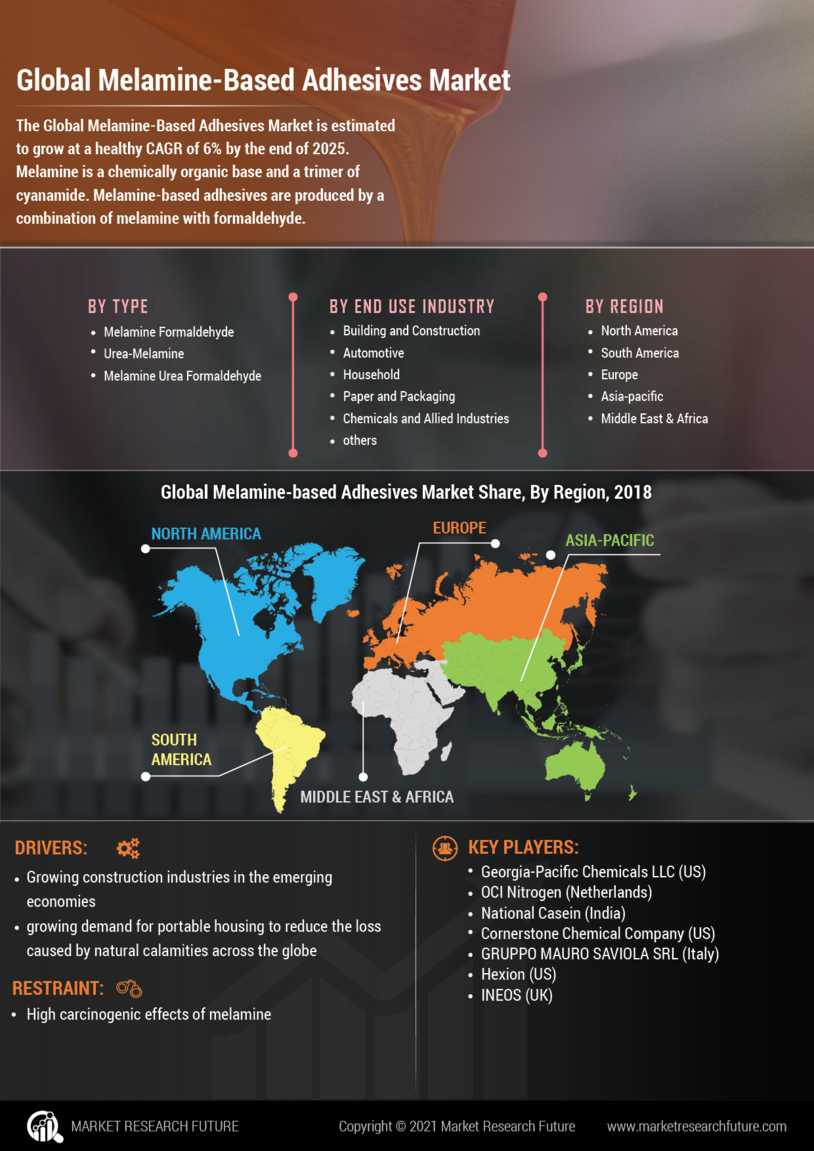

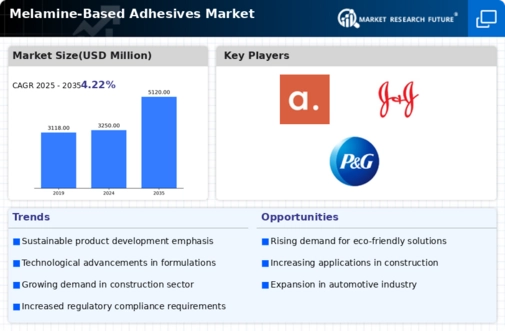
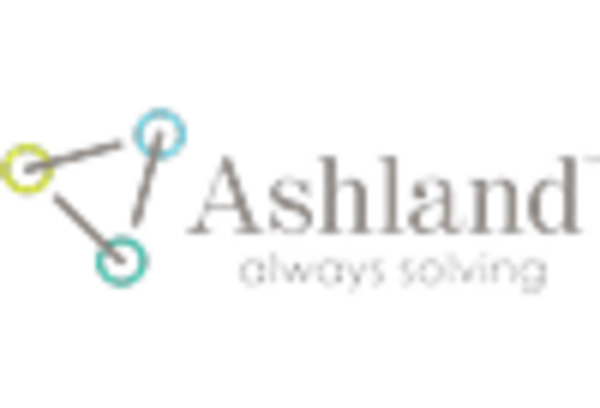

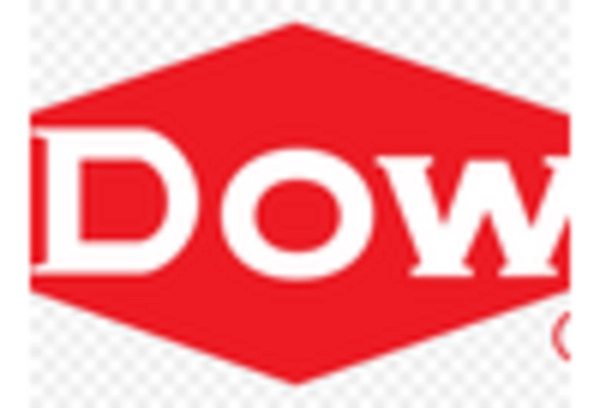

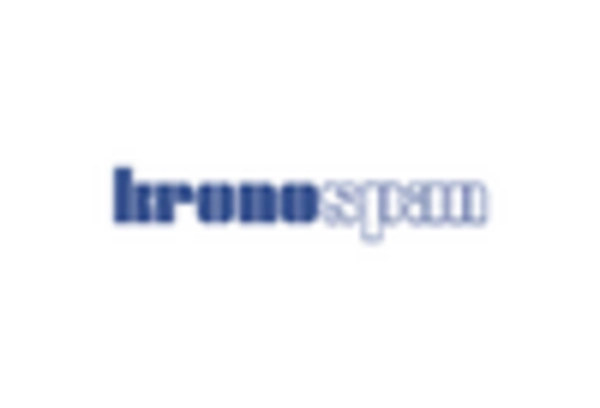
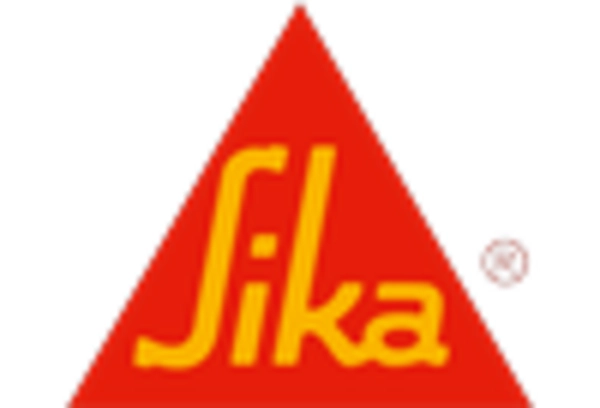








Leave a Comment